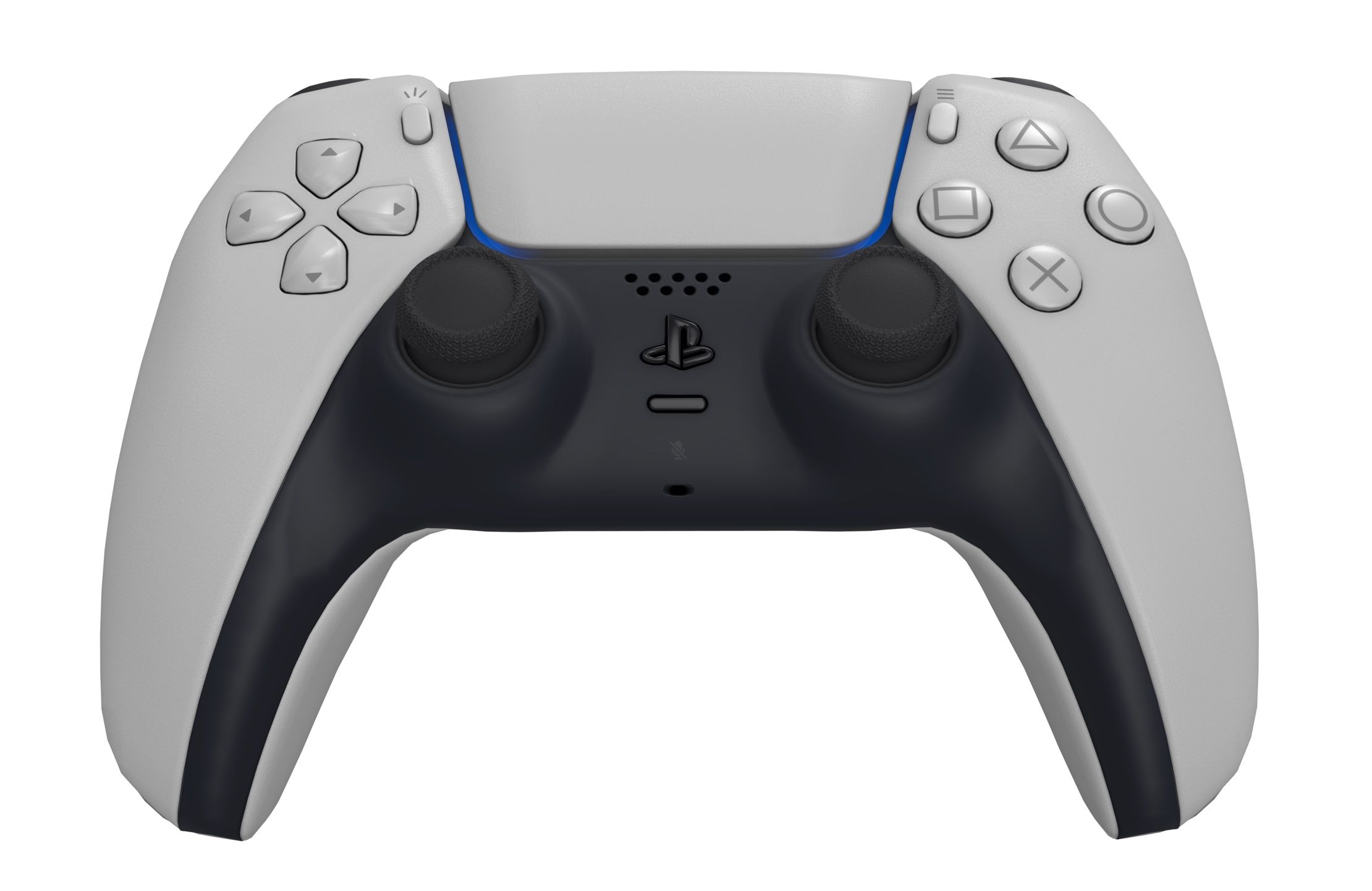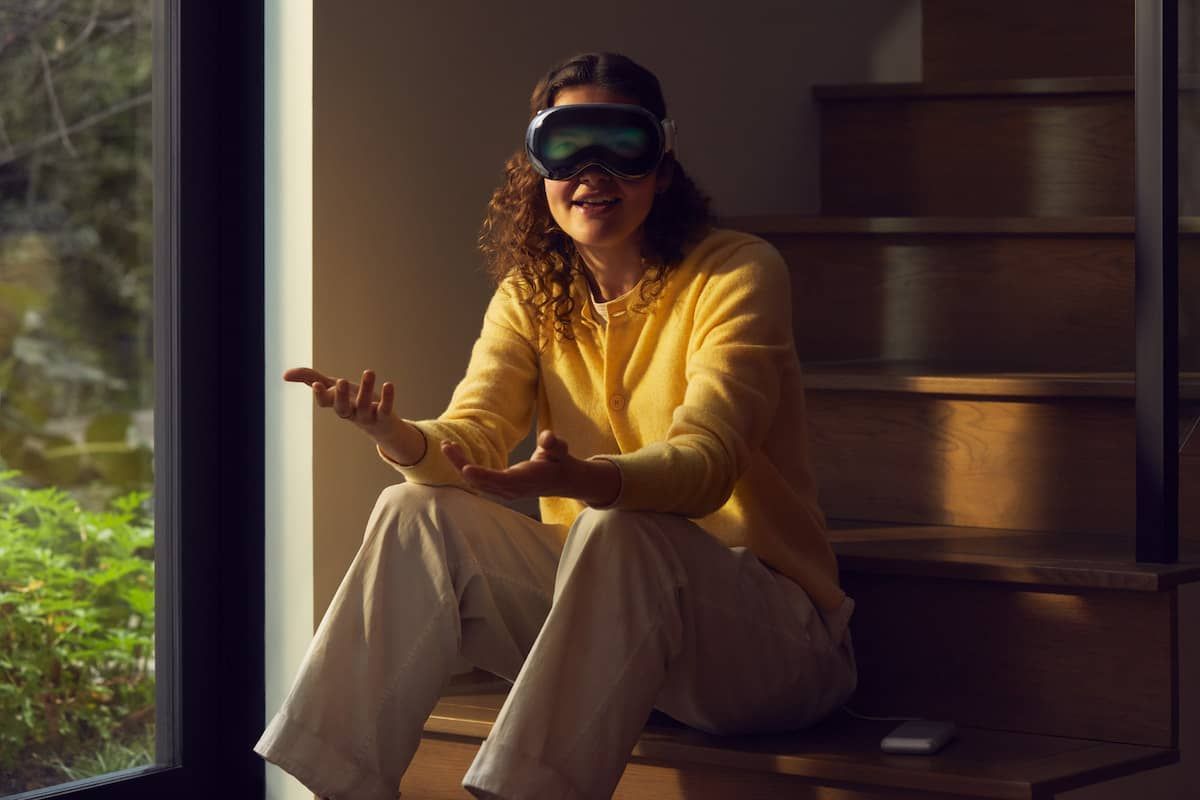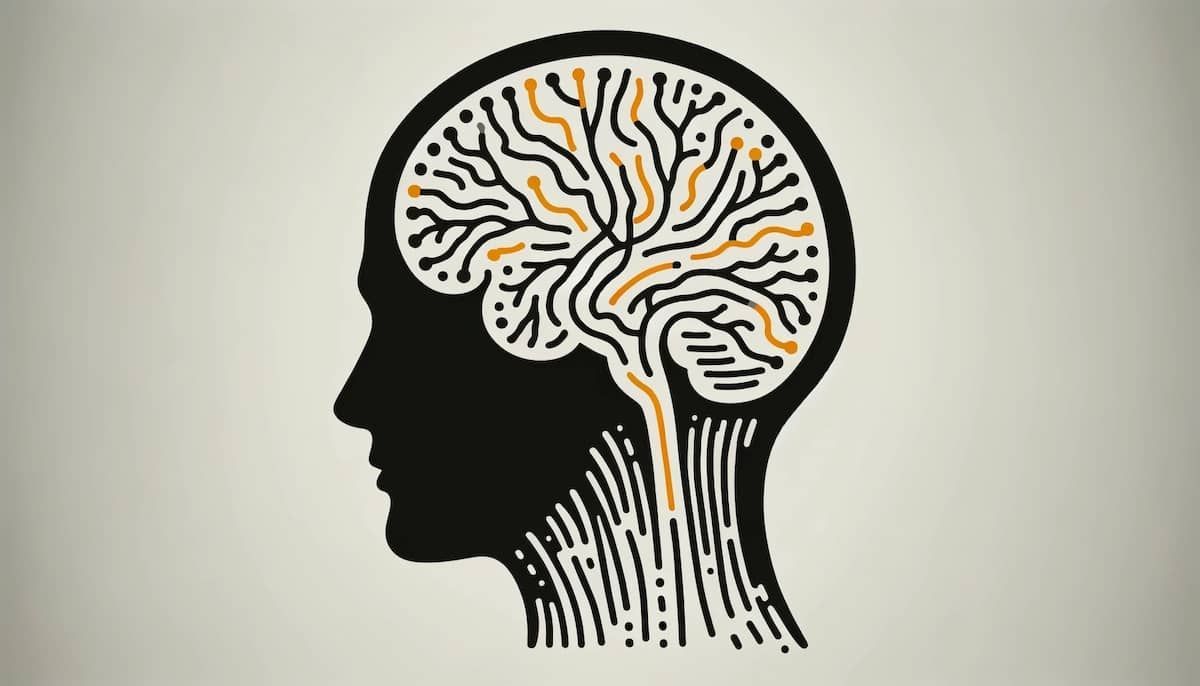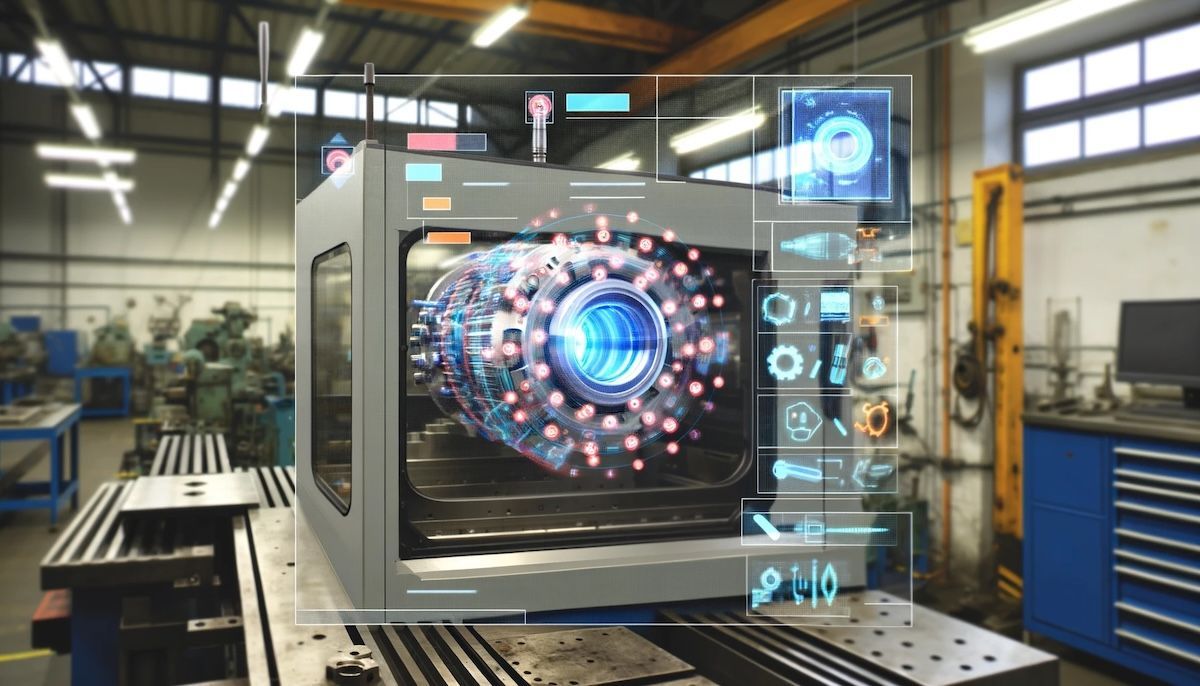
June 24, 2025
Why Google’s and Apple’s web-based AR-technologies offer huge possibilities in digital product marketing

Founder/CTO The Spatial Studio, Technology-Enthusiast

A while back, Apple and Google launched their AR features Quick Look and <scene-viewer>. Both enable websites to visualize products in an easy and innovative way with the use of augmented reality. But it may come as a surprise to many readers that these technologies continue to be unknown among many designers and marketing specialists. Which is the reason they are only seldom leveraged – in my opinion, a wasted opportunity for digitally marketing products of all kind.
Contents
Example of Quick Look and <scene-viewer> in action
Taking a bicycle, coffee table or sneaker “just like that” and seeing how they look in your lounge before making a purchasing decision? Like real life, but digitally? Or getting an impression of the real size of a machine or mechanical component, with the ability to see every detail from all sides? With Apple and Android devices of the latest generation, this is easily possible thanks to Quick Look or <scene-viewer>.
How do Apple’s Quick Look and Google’s <scene-viewer> work?
Put plainly: both technologies use files which contain all the relevant 3D information about an object – comparable to a JPEG, but with three-dimensional instead of two-dimensional content. Apple AR Quick Look works with the USDZ file format, while Google relies on the established gITF format for its <scene-viewer>. Both can be integrated in any website, and just as well in emails or other applications. When these files are opened on a smartphone or tablet, the device’s functions such as the camera, sensors and tracking are started up for AR. A clever combination of native technology and non-native or Web-based distribution to the user.
What are the benefits for the user?
These functions offer the user a whole spectrum of benefits:
- Extremely heightened user experience
- A very realistic impression overall thanks to the correct lighting and shadows of the AR objects, based on the room’s actual lighting situation
- Products can be freely positioned, shifted or turned
- When configured correctly, a realistic total impression is gained (tolerance of about plus/minus 2 cm)
When is it beneficial to use augmented reality?
The areas of application are broad. Here are just a few:
- E-commerce for B2C and D2C products
- B2B product showcasing, e.g., of machines and vehicles
- Prototyping/engineering (for remote teams)
- Interior design
- Virtual try-on, e.g., for eyeglasses or caps
Real-life examples and successes
E-Commerce
- According to Shopify visitors were 65% more likely to place an order after interacting with a product in AR
- According to Brand XR engagement rates with augmented reality ads increase by 35-40% compared to static digital advertising
- According to CIKLUM online retailers have seen return rates decrease by 25% to 40% after implementing AR solutions
B2B
- According to imagine.io 82% of B2B buyers say that AR demos improve decision-making and accelerate purchase cycles
B2B buyers want to explore on their own. They spend 27% of their time researching online, more than double the time spent meeting with sales reps. Augmented Reality is therefore an obvious choice.
What are the benefits of USDZ and glTF for enterprises?
Here are just some essential benefits for enterprises:
- Conversion rates could be increased
- Returns can be avoided
- Difficult-to-transport products (size, weight, structure) can be ideally presented digitally
- Simple animations and interactions are possible
- Good CAD or, ideally, 3D data of products are usually already available for industrial and trade applications (little to no efforts for modelling)
With the pros come the cons
Both AR file formats offer many advantages and can be easily integrated into existing digital architectures. However, the disadvantages should also be considered:
- Elaborate animations or configuration processes cannot currently be shown
- A good basis of 3D data must be available
- If no or little 3D data is available, significant efforts may be needed for the digitalisation or conversion into the respective AR file format (traditional 3D photogrammetry and an increasing number of good 3D scanning apps can help)
- There are few options for fully automatic data conversion at the moment
What all this comes down to: now and for the future
Augmented reality images from Quick Look and <scene-viewer> are unfortunately still rare on the Web, although their use is easy and frequently only minimal 3D know-how is required for their production. Without a doubt, a lot of potential awaits and those who jump on the bandwagon early on can really stand out from the competition with AR previews.
Especially when it comes to premium products and complex objects for industrial and mechanical engineering, AR offers an outstanding opportunity for presenting products – beyond bothersome JPEGs – from many perspectives. The trendy sports gear developer Peloton* recently discovered this and now provides excellent AR Quick Look images of its Peloton bike on its website (at the very bottom of the page).
Apple and Google are working at full speed to continually develop the technical options of Quick Look and <scene-viewer> further – and everything points to both players making augmented reality a key technology within their business strategy.
The coming years will therefore be exciting, and we will certainly see AR previews much more often on the Web.
If you have any questions or comments regarding this article, you can contact me at any time.
Look here for additional information:
Apple AR Quick Look:
- https://developer.apple.com/augmented-reality/quick-look
- https://thespatialstudio.de/en/xr-glossary/ar-quicklook
- https://developer.apple.com/documentation/arkit/previewing_a_model_with_ar_quick_look
- https://webkit.org/blog/8421/viewing-augmented-reality-assets-in-safari-for-ios/
Google <scene-viewer>:

Founder and CEO
Passion for New Technologies
As a creative engineer and consultant specializing in holistic digital transformation, I have spent over 15 years helping renowned companies use new and innovative technologies in creative and meaningful ways.
At "The Spatial Studio," my team and I combine engineering expertise, software development, and UX design to create entirely new three-dimensional possibilities for our clients.



